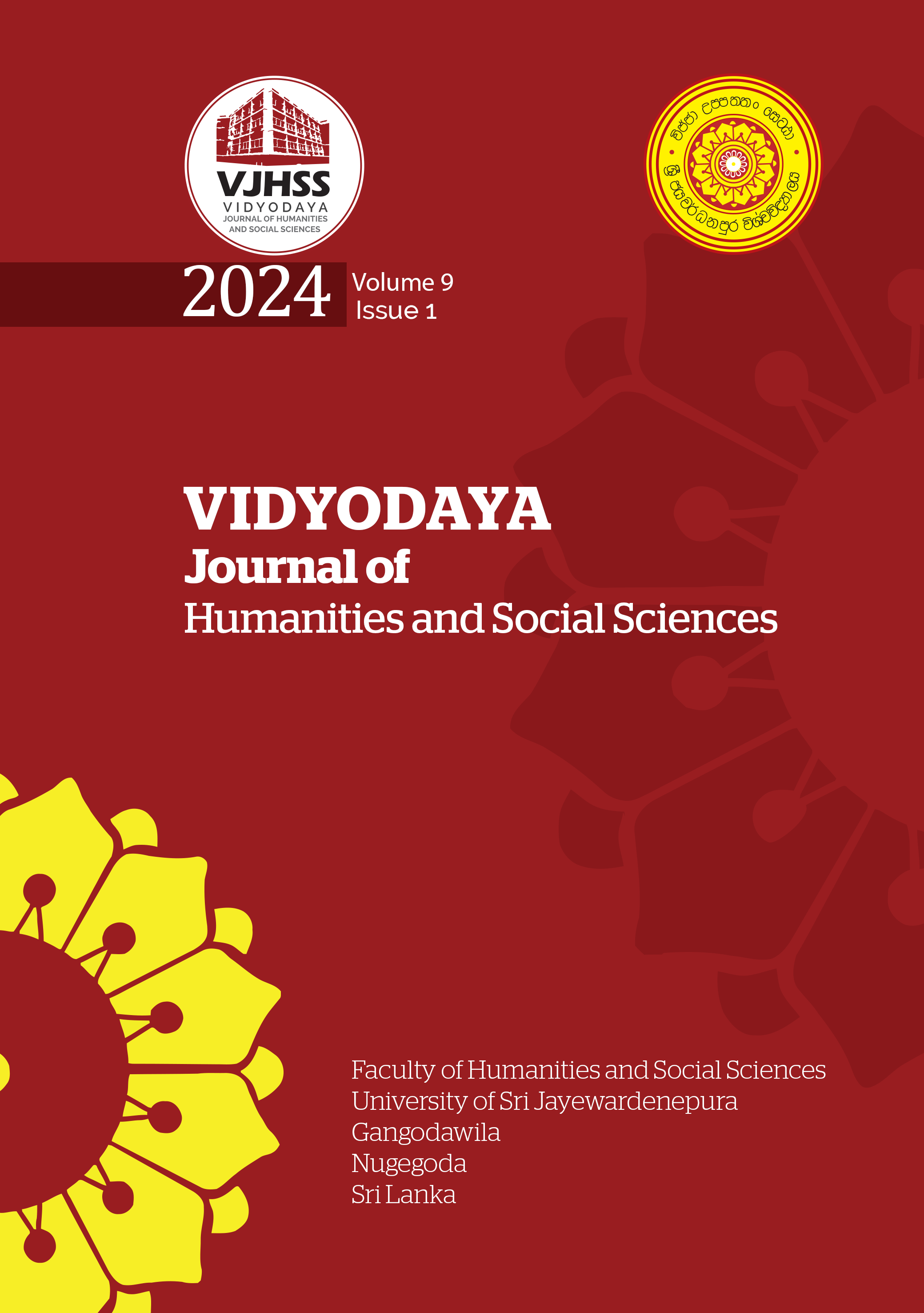Pāṇinian Grammar: An Effective Approach to Samāsa (Compounds) Study with reference to Dharmakīrti’s Rūpāvatāra
Abstract
Pāṇinian grammar is a prescriptive and generative grammar that governs every aspect of Sanskrit language. Pāṇini composed the Aṣṭādhyāyī in sūtra-style with eight chapters that are considered the cornerstone of Sanskrit grammar. It is accompanied by excellent commentaries of Patanjali’s Mahābhāṣya and Kātyāyana’s Vārtikā, which were crucial in transforming the Pāṇinian grammar into a coherent structural path. The composition of the Kāśikāvṛtti of Jayāditya and Vāmana, together with the Nyāsa by Jinendrabuddhi and the Padamañjari by Haradatta broadened the second stage of Pāṇinian grammar by incorporating definitions and commentaries thereon. The Rūpāvatāra of Dharmakīrti is the initiative work of the prakriyā-style of Pāṇinian grammar that formulated grammatical aspects into a subject-wise methodology and is also considered the beginning of the third stage of Pāṇinian grammar. However, the Rūpāvatāra garnered limited attention from the researchers. The Samāsāvatāra of the Rūpāvatāra, which provides the complete forms of compounds, serves as the basis of this research. Regarding the outcomes, Dharmakīrti has employed a pragmatic approach to teach the compound forms in a way that is compatible with beginners of the subject. The research findings will be carried out by paying close attention to explanation techniques, contents, and other peculiarities of each sub-section in samāsāvatāra.



